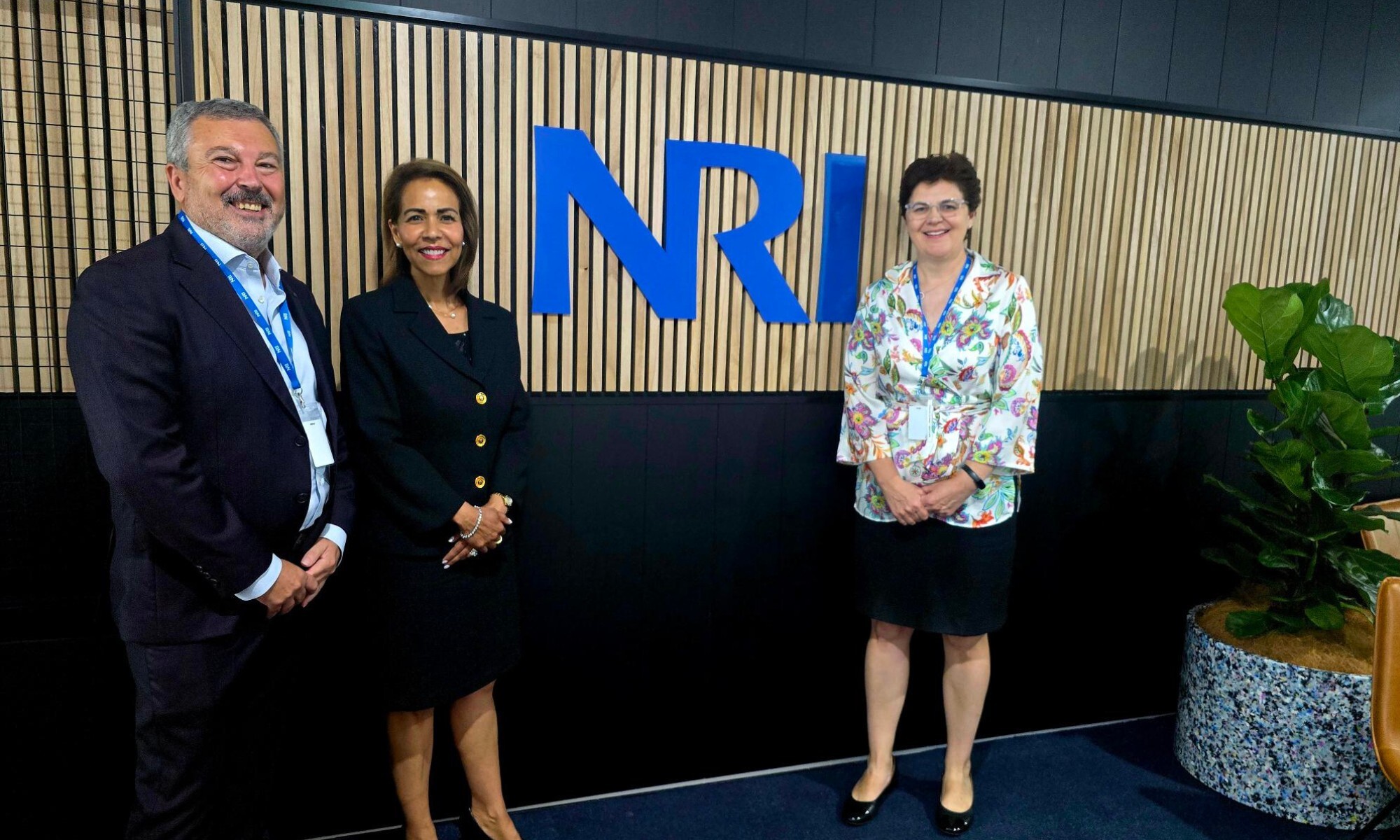Insights
Microsoft Copilot: Artificial Intelligence won’t think for you (but can free you to do more)
- Date 02 Aug 2024
- Filed under Insights

While it may seem that we’re in the dawn of a new age with AI appearing, well, everywhere it seems, the time is ripe for a reflection on just what AI is, and where it is useful. For many of us, especially at work, AI is a bit bewildering: will it take my job? What can it do? What can it not do? Is it really all that great, and how do I figure out just how capable it is?
With the release of Microsoft Copilot, these questions are thrust front and centre, and may cause a variety of emotions including anxiety, concern, excitement, or some combination of them all. In this blog, we’ll take a look at some of the issues we’re all facing as AI makes it’s way into the office as part of Microsoft 365 and the applications (like Word, Excel and Outlook) that we use every day.
First things first is noting AI’s long and almost consistently disappointing history. The idea of machines that think first fascinated humanity in antiquity; the emergence of a programmable computer in the 1940s was almost immediately accompanied by taking matters to their logical extreme and imagining the computer as a model of a thinking brain.
Serious researchers focused their attention on the challenge. In the 1950s, it was thought it wouldn’t take more than a generation before AI would be a reality.
Except, of course, it wasn’t. And in many instances, it still isn’t. More recently, the hype surrounding ChatGPT and its ability to generate impressive and detailed responses to user inputs.
Copilot, of course, is built using generative AI technology similar to ChatGPT. With Copilot, Microsoft has taken a very sensible approach to AI, which is essentially imagining it not as something that can replace us, but rather a companion there to work alongside you.
In fact, on launch, Microsoft CEO Satya Nadella had this to say: “We’re accustomed to AI powering experiences ranging from search to social media, serving recommendations. That version is so second nature that we don’t even realise or recognise it. We’ve been using AI on autopilot and now with this next generation of AI we’re moving from autopilot to copilot.”
But…AI isn’t all that smart. Instead, it should be used smartly
This is the crux of Copilot: It isn’t there to do the thinking for you, and it isn’t there to do your job.
Even in today’s advanced age, the traditional limitations (and potential disappointments) with AI persist. The bottom line is that it just isn’t all that smart. It doesn’t have the faculties we humans possess, particularly when it comes to discerning between different types of information, context, and so on. This exposes the significant risk of depending on AI to do your work for you. It can and does make mistakes.
That’s what makes Microsoft’s Copilot approach somewhat refreshing and realistic. Instead of doing your work directly, it should be tasked with the ‘busy work’. Tasks that we all must do, like research, structuring documents, finding and collating stuff, organising schedules, compiling drafts of emails, PowerPoints, and other work documents. Or things like making the most of the software we already own: you’re probably peripherally aware of the absolute slew of features in Office that might make life easier, if only we knew or remembered how to use them. Copilot can do that for you.
When looking at AI – and Copilot specifically – through this lens, it is immediately a lot less scary and a lot more appealing. Better software, better tools, and reduced ‘hassle factor’ means focusing on your real work. The stuff that actually makes you productive, and gets things done.
And that’s the real AI advantage. It isn’t there to think for you, it is there to free you up to do the thinking.
Download our latest guide ‘Make Microsoft Copilot work for you’.
We’ve documented some the key mistakes organisations are making when it comes to rolling out Copilot, and the practical steps leaders can take to turn experimentation into tangible business impact.





